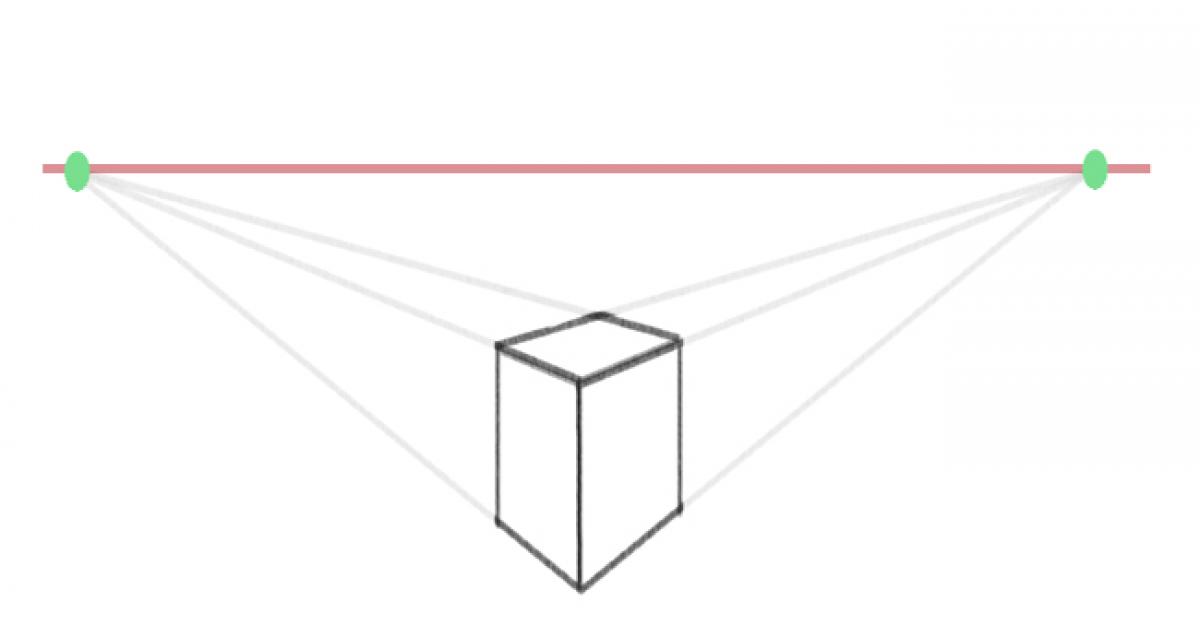Live
- Power generation up at 140bn units
- India formally sends letter of intent to host 2036 Olympics: Sources
- OnePlus 13 India Launch Soon: Expected Price, Specifications, and Key Features
- Pollution spikes after Deepawali fireworks in capital
- Lokayukta police to summon CM for questioning in MUDA case tomorrow
- AP DGP Dwaraka Tirumala Rao addresses media, emphasises commitment of people
- Two Bengaluru residents lose ₹95 lakh to cyber fraudsters
- Lady Aghori alleges misbehavior by toll gate staff
- Karnataka prohibits all forms of manja after PETA plea
- Boy Dies in Tragic School Gate Collapse at ZP High School, Hayatnagar
Just In
What you see and what you describe can be totally different – A HR message


Can people in corporate change their canonical perspective? The question is should they need to change? Most people see, view, describe, interpret, and behave more or less in a similar pattern by following a fixed untold/preset rule.
Can people in corporate change their canonical perspective? The question is should they need to change? Most people see, view, describe, interpret, and behave more or less in a similar pattern by following a fixed untold/preset rule. Even if someone sees an object from the aerial view and if they are asked to draw the object and detail it, they often prefer to draw the object in a vertical angle, according to a study finding. The study further says that when people were asked to draw cup and soccer which they have seen from an aerial view, most people drew the diagram of cup and soccer revealing near complete appearance of the cup and soccer. No one drew the picture of cup and soccer from the top view that is, a small ring-like appearance of the cup from top view placed on a larger ring space of the soccer.
However, most of them were shown the cup and soccer only from the bottom view. But no one wants to reproduce what they have seen when asked to draw or reproduce the image that they have seen.
The management message is that what one sees and what one attempts to tell/describe to others need not be the same. Of course, they need not be wrong either. People always think that if they describe anything and everything the way they see, it would look simple and might not be understandable to others. Therefore to make others understand, people often modify what they see when comes to narration/diagrammatic expression.
The unfortunate part is that most people have progressively lost their ability to see things the way they are than how they should explain it to others and how it will be understood by others.
When bosses interact or try to understand the subordinates and vice versa, the understanding happens largely in the premises of canonical perspective. What one sees differ during its narration. The facts and truth slowly evade and disappears and finally what one feels or interpret become right. This is what happens in most corporate. This is the major cause of conflict among people.
The message is that for poetry, art and education, canonical perspective may go well where the appreciation of the audience matters. But in human relationship, especially in corporate set up, keep the facts than adjective narrations at least in understanding the people. Learn to describe things by separating you from the object so that you can describe the way the objects are seen rather than how it can be understood by others.
Dr. S Ranganathan

© 2024 Hyderabad Media House Limited/The Hans India. All rights reserved. Powered by hocalwire.com






